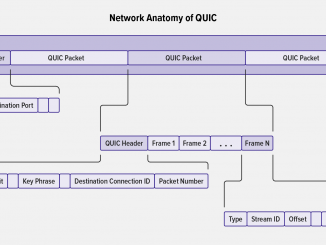
Announcing Windows 11 Insider Preview Build 25346
Announcing Windows 11 Insider Preview Build 25346 Hello Windows Insiders, today we are releasing Windows 11 Insider Preview Build 25346 to the Canary Channel. We are releasing ISOs for this build – they can be downloaded here. If you miss this month’s Windows Insider webcast featuring the Phone Link team, you can watch it on demand here: https://aka.ms/April2023WIPWebcast. REMINDER: As builds released to the Canary Channel are “hot off the presses,” we will offer limited documentation for builds flighted to the Canary Channel (no known issues for example), but we will not publish a blog post for every flight – only when new features are available in a build. And like the previous Canary Channel build, this build has a few new features and changes to document. What’s new in Build 25346 Content Adaptive Brightness Control (CABC) on plugged in devices [ more… ]

